Home>Garden Essentials>How Long Does A Bag Of Grass Seed Last
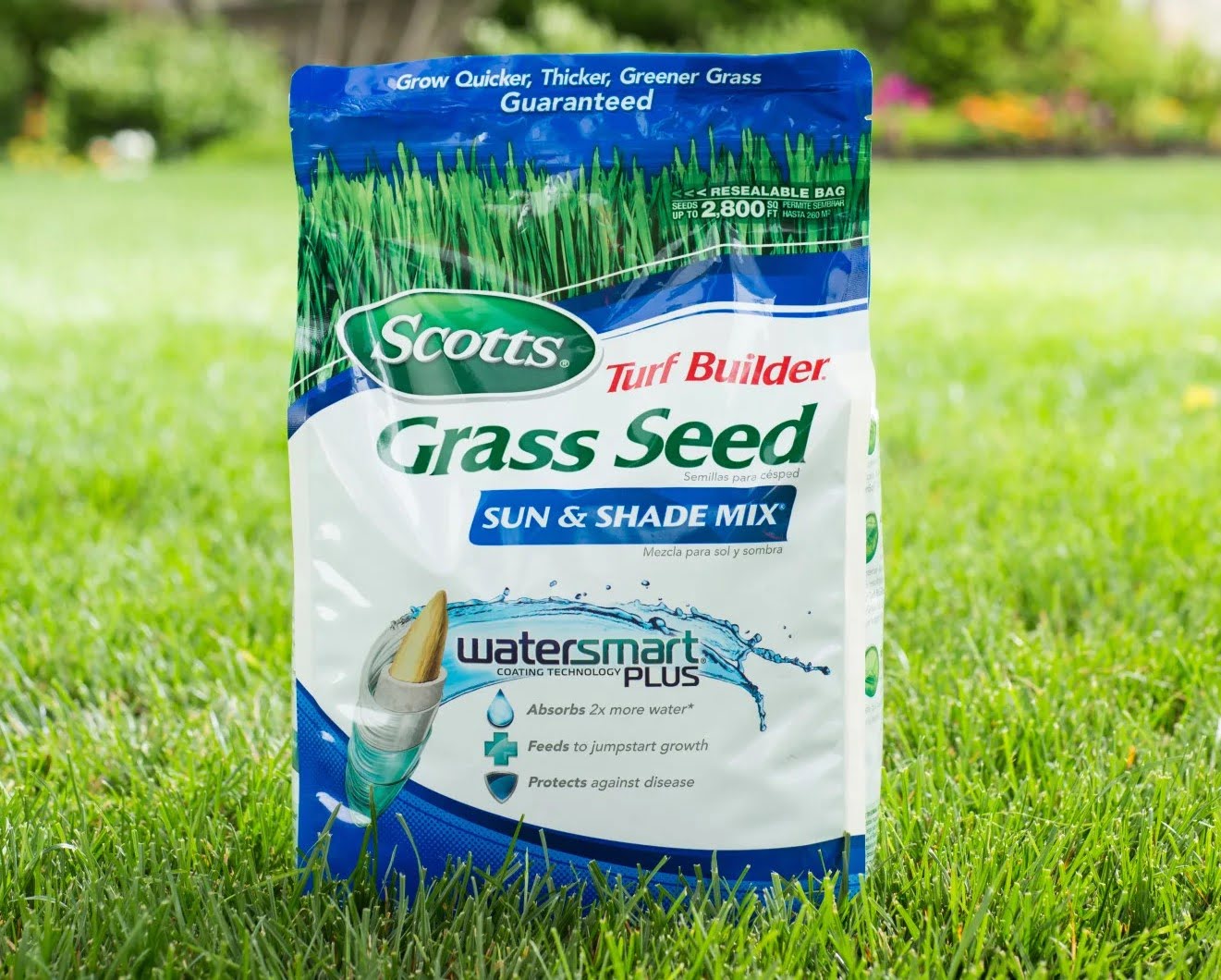

Garden Essentials
How Long Does A Bag Of Grass Seed Last
Modified: March 24, 2024
Discover how long a bag of garden grass seed lasts and make the most of your investment in a lush, green lawn. Find expert tips and advice to ensure optimal germination and growth.
(Many of the links in this article redirect to a specific reviewed product. Your purchase of these products through affiliate links helps to generate commission for Storables.com, at no extra cost. Learn more)
Introduction
Planting grass seed is a common practice for homeowners and garden enthusiasts looking to create a lush and vibrant lawn. However, one question that often arises is, how long does a bag of grass seed last? Understanding the shelf life of grass seed is important to ensure successful germination and optimal results.
Grass seed, like all organic materials, has a limited lifespan. It is crucial to store and use the seed within the recommended time frame to ensure maximum viability. Several factors can affect the shelf life of grass seed, including the type of seed, storage conditions, and the age of the seed when purchased.
In this article, we will delve into the various factors that can impact the longevity of grass seed and discuss proper storage techniques to preserve its viability. Additionally, we will highlight the signs that indicate grass seed has expired and provide valuable tips on extending its lifespan.
So, whether you have leftover seed from a previous project or are considering purchasing seed in bulk, this article will equip you with the necessary knowledge to make informed decisions and optimize the success of your next lawn seeding endeavor.
Key Takeaways:
- Proper storage in cool, dry places extends grass seed lifespan. Check for signs of expiration like poor germination and mold. Fresh, high-quality seed and timely usage lead to successful lawn establishment.
- Understand factors affecting grass seed shelf life. Choose the right seed type, store in airtight containers, and follow proper seeding techniques for optimal results.
Read more: How Long Does Grass Seed Last In Bag
Factors Affecting the Shelf Life of Grass Seed
The longevity of grass seed can vary based on several factors. Understanding these factors will help you determine how long a bag of grass seed will last and how to store it properly.
1. Seed Type: Different grass seed varieties have varying shelf lives. Cool-season grasses such as Kentucky bluegrass and perennial ryegrass typically have a shorter shelf life compared to warm-season grasses like Bermuda grass or Zoysia grass. It’s essential to check the seed packaging or consult with the supplier to determine the specific shelf life of the seed variety you have.
2. Seed Age: The age of the grass seed at the time of purchase plays a significant role in its shelf life. Freshly harvested seed will generally have a longer viability than older seed. When buying grass seed, be sure to check the packaging for the date of harvest or expiration to ensure you are getting the freshest seed possible.
3. Seed Quality: The quality of the grass seed can impact its shelf life. High-quality seed, which is free from weeds, disease, and other contaminants, will have better viability and a longer shelf life. When purchasing grass seed, opt for reputable brands or suppliers to ensure you are getting seed of the highest quality.
4. Environmental Factors: The conditions in which the grass seed is stored can significantly affect its longevity. Excessive heat, moisture, and exposure to sunlight can reduce the viability of the seed. It is important to store grass seed in a cool, dry, and dark place to minimize the impact of environmental factors.
5. Packaging: The packaging of the grass seed also plays a role in preserving its viability. Look for seed packaging that is airtight, moisture-resistant, and opaque. These types of packaging prevent moisture and air from entering and damaging the seed, while also blocking sunlight that can degrade its quality.
6. Treatment: Some grass seeds are treated with fungicides or other chemicals to protect against diseases and pests. While these treatments can enhance germination rates and seedling survival, they may also have an impact on the seed’s shelf life. Always check the packaging for information about any treatments applied to the seed and how they may affect its longevity.
By considering these factors, you can better understand the expected shelf life of your grass seed and make informed decisions regarding storage and usage. In the next section, we will discuss proper storage techniques to maximize the longevity of your grass seed.
Proper Storage Techniques for Grass Seed
To ensure the longevity and viability of your grass seed, proper storage techniques are crucial. Follow these guidelines to preserve your grass seed until you are ready to use it:
1. Choose the Right Container: Use airtight containers made of plastic or metal to store your grass seed. Avoid using paper bags or cardboard boxes as they can absorb moisture and allow pests to enter. Ensure that the container is clean, dry, and free from any previous plant materials or contaminants.
2. Keep it Cool and Dry: Moisture and heat are the enemies of grass seed. Store your seed in a cool, dry place, away from direct sunlight. A basement or a cool closet is ideal for long-term storage. Avoid storing the seed in areas prone to temperature fluctuations, such as garages or sheds, as these can create condensation and promote mold growth.
3. Use Desiccants: Adding desiccant packets to the storage container can help absorb any excess moisture and keep the seed dry. Silica gel packets, commonly found in packaging, are excellent desiccants. Place a few packets inside the container, ensuring they don’t come into direct contact with the seed.
4. Label and Date the Container: Clearly label the container with the type of grass seed and the date of purchase or harvest. This will help you keep track of the seed’s age and ensure you use it within the recommended timeframe.
5. Avoid Freezing: While grass seed can withstand cold temperatures, freezing can damage the seed’s integrity and reduce its viability. Avoid storing the seed in areas where it may be exposed to freezing temperatures, such as unheated garages or outdoor sheds.
6. Keep Pests Away: To prevent pests like rodents and insects from accessing your seed, consider placing a mesh or wire screen over the container’s opening. This will allow for proper airflow while keeping unwanted visitors out.
7. Store in Small Batches: If you have a large quantity of grass seed, consider dividing it into smaller batches and storing each batch separately. This way, you can access and use only what you need, while the remaining seed stays safely stored.
By following these storage techniques, you can extend the shelf life of your grass seed and ensure that it remains viable when it’s time to sow. In the next section, we will discuss the signs that indicate grass seed has expired.
Store grass seed in a cool, dry place to extend its shelf life. Sealed bags can last up to 2 years, while opened bags should be used within 1 year for best results.
Signs of Expired Grass Seed
Knowing when your grass seed has expired is crucial for successful germination and establishing a healthy lawn. Here are some signs to look out for that indicate your grass seed may have reached its expiration date:
1. Poor Germination: If a significant percentage of your grass seed fails to germinate, it could be a sign of expired seed. While factors like soil conditions and improper planting techniques can affect germination rates, if you have followed proper procedures and still see low germination, it may be due to seed deterioration.
2. Inconsistent Seedling Growth: When planting grass seed, you would expect to see a relatively uniform rate of seedling growth. However, if you notice patchy or uneven growth, with some areas showing no or stunted seedlings, it could be a sign of expired seed that has lost its viability.
3. Mold or Fungal Growth: Expired grass seed may be more susceptible to mold or fungal growth. If you notice any fuzzy or discolored patches on the seeds, this could indicate spoilage and reduced quality.
4. Unpleasant Odor: Expired grass seed may develop a foul or musty odor. If you detect an unusual smell when opening the seed container, it is likely an indication that the seed has gone bad.
5. Discoloration or Changes in Texture: Healthy grass seed should have a plump, firm texture and exhibit a consistent color. If the seed appears shriveled, discolored, or has a significantly different texture, it may have lost its viability.
It’s important to note that even if some of the seed appears expired, not all of it may be. Check a small sample of the seed by conducting a germination test before discarding the entire batch. This test will help determine if any viable seed remains.
If you notice any of these signs of expired grass seed, it’s best to obtain fresh seed to ensure optimal germination and a successful lawn establishment. Next, we will share tips on how you can extend the lifespan of your grass seed to maximize its viability.
Tips for Extending the Lifespan of Grass Seed
While the shelf life of grass seed is limited, there are several measures you can take to extend its viability and maximize its lifespan. Here are some tips to help you preserve your grass seed for longer:
1. Purchase Fresh Seed: When buying grass seed, opt for the freshest possible seed available. Check the packaging or inquire with the supplier to ensure that the seed is recently harvested. Fresher seed generally has a higher germination rate and longer viability.
2. Store in a Cool, Dry Place: As mentioned earlier, proper storage is crucial for maintaining seed viability. Keep the seed in a cool and dry location, away from moisture and direct sunlight. Consistent temperature and humidity levels will help preserve the seed’s quality.
3. Follow Seeding Recommendations: Properly timing your seeding efforts is essential for increasing the chances of successful germination. Follow the recommendations for your specific grass seed variety, considering the climate and soil conditions in your area. Sowing the seed in optimal conditions will enhance germination rates and promote healthy growth.
4. Use Seed Within the Recommended Timeframe: Grass seed has a limited shelf life even under ideal storage conditions. It is advised to use the seed within the timeframe recommended on the packaging or by the supplier. This will ensure that the seed is still viable and has the best chance of successful germination.
5. Conduct Germination Tests: If you have stored grass seed for an extended period or suspect it may have expired, conduct a germination test before planting. Place a small sample of the seed in a moist paper towel or seed tray, and observe the rate at which the seeds germinate. This will help determine the seed’s viability and guide you in adjusting the seeding rate accordingly.
6. Properly Prepare the Soil: Before sowing the grass seed, ensure that the soil is adequately prepared. Remove any debris, rocks, or weeds from the planting area. Loosen the soil to promote good seed-to-soil contact and provide a favorable environment for germination and root growth.
7. Practice Proper Seeding Techniques: Pay attention to the recommended seeding rate and method for your grass seed variety. Avoid overseeding or spreading the seed too thinly, as this can result in poor germination and patchy growth. Follow the recommended seeding depth and provide adequate water and care during the germination and establishment period.
By following these tips, you can significantly extend the lifespan of your grass seed and improve the chances of successful lawn establishment. Remember, fresh and properly stored seed will provide the best results. Happy gardening!
Read more: How Long Does Bagged Grass Seed Last
Conclusion
Understanding the factors that affect the shelf life of grass seed and implementing proper storage techniques are essential for achieving successful germination and establishing a healthy lawn. By considering the type of seed, its age, and the quality of the seed, you can determine its expected lifespan. Creating optimal storage conditions, such as keeping the seed cool, dry, and protected from pests, will help extend its viability.
Recognizing the signs of expired grass seed, such as poor germination, inconsistent growth, mold, or unpleasant odor, is important for avoiding disappointing results. If you suspect that your grass seed has expired, it’s best to obtain fresh seed for optimal germination and successful lawn establishment.
To maximize the lifespan of your grass seed, consider purchasing recently harvested seed, storing it in suitable containers in cool and dry locations, and following proper seeding techniques and timing. Conducting germination tests can help determine the seed’s viability before planting.
Remember, a well-prepared soil, proper seeding techniques, and adequate care during the germination and establishment period are crucial for achieving a lush and healthy lawn.
So, whether you’re starting a new lawn project or using leftover seed, be sure to take these guidelines into account to optimize the lifespan and viability of your grass seed.
By understanding the intricacies of grass seed storage and incorporating proper techniques, you can ensure the best possible results for your lawn and enjoy a thriving and beautiful green space. Happy planting!
If you're keen on upgrading your outdoor spaces, our roundup of creative garden fence ideas might just spark some inspiration. Whether you're looking to spruce up your yard or add a touch of privacy, these designs cater to every taste and style. For those passionate about prolonging the quality of their seeds, our guide on effective seed storage solutions offers valuable insights. Storing seeds correctly ensures they stay viable longer, ready for planting when the next growing season rolls around.
Frequently Asked Questions about How Long Does A Bag Of Grass Seed Last
Was this page helpful?
At Storables.com, we guarantee accurate and reliable information. Our content, validated by Expert Board Contributors, is crafted following stringent Editorial Policies. We're committed to providing you with well-researched, expert-backed insights for all your informational needs.

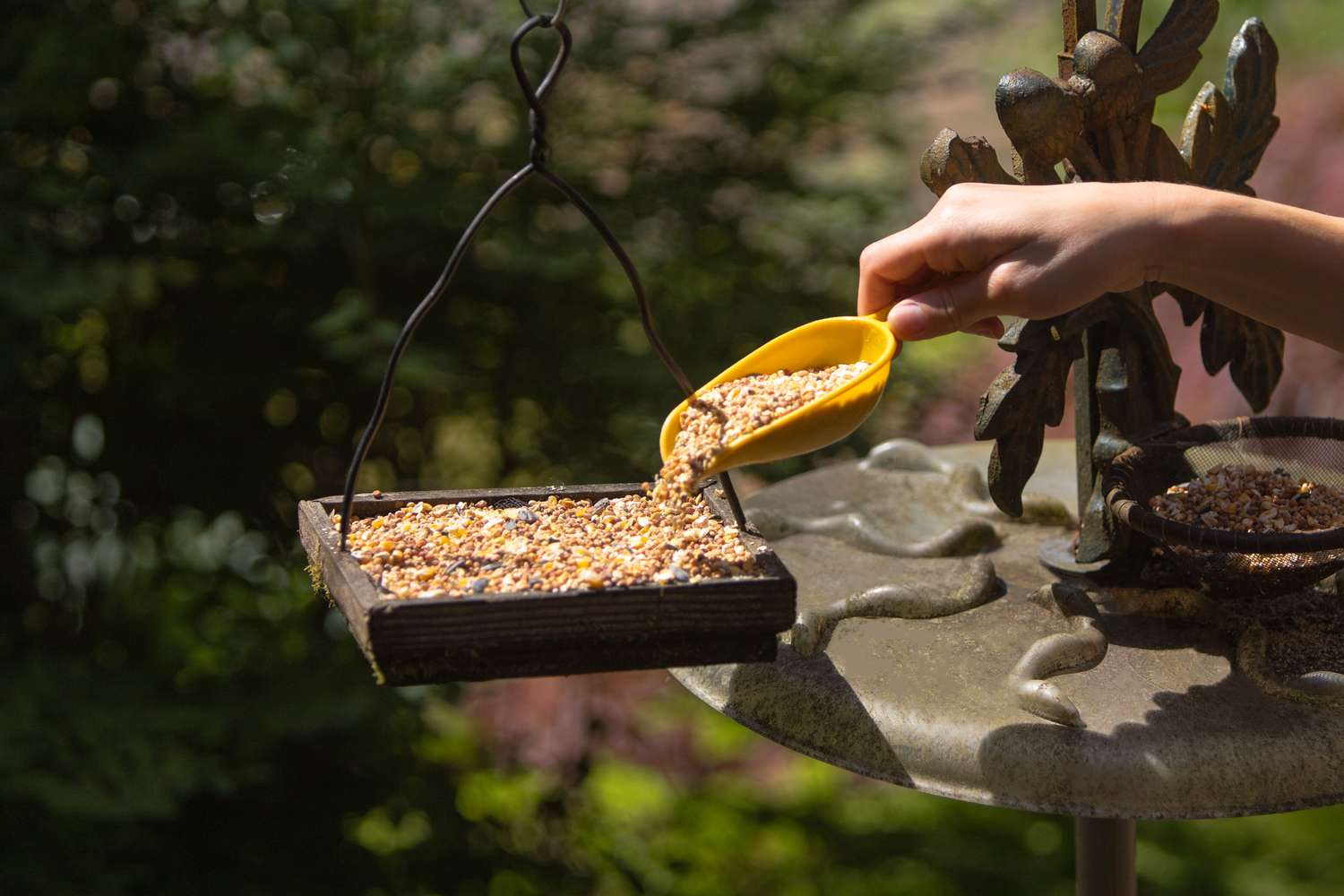
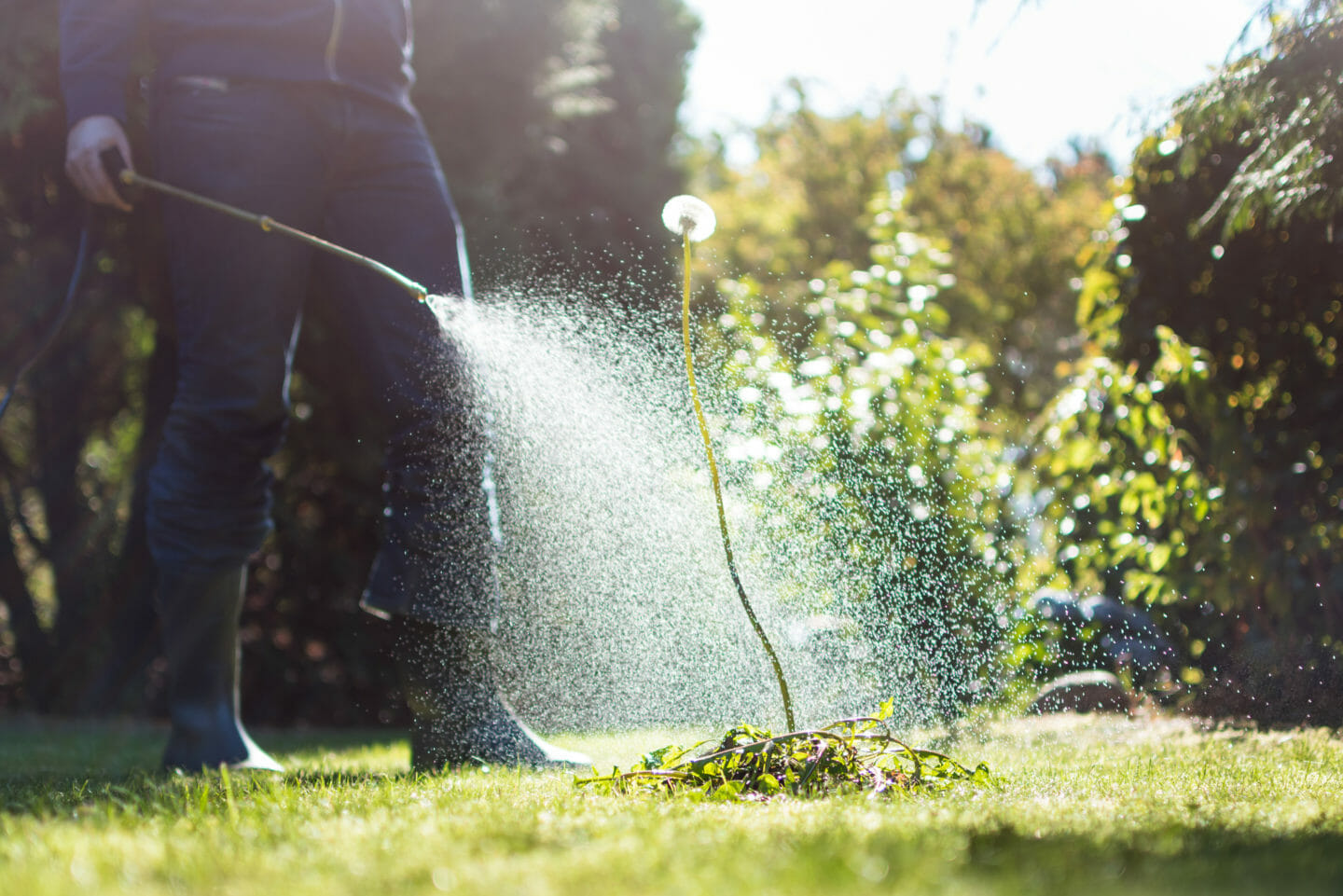
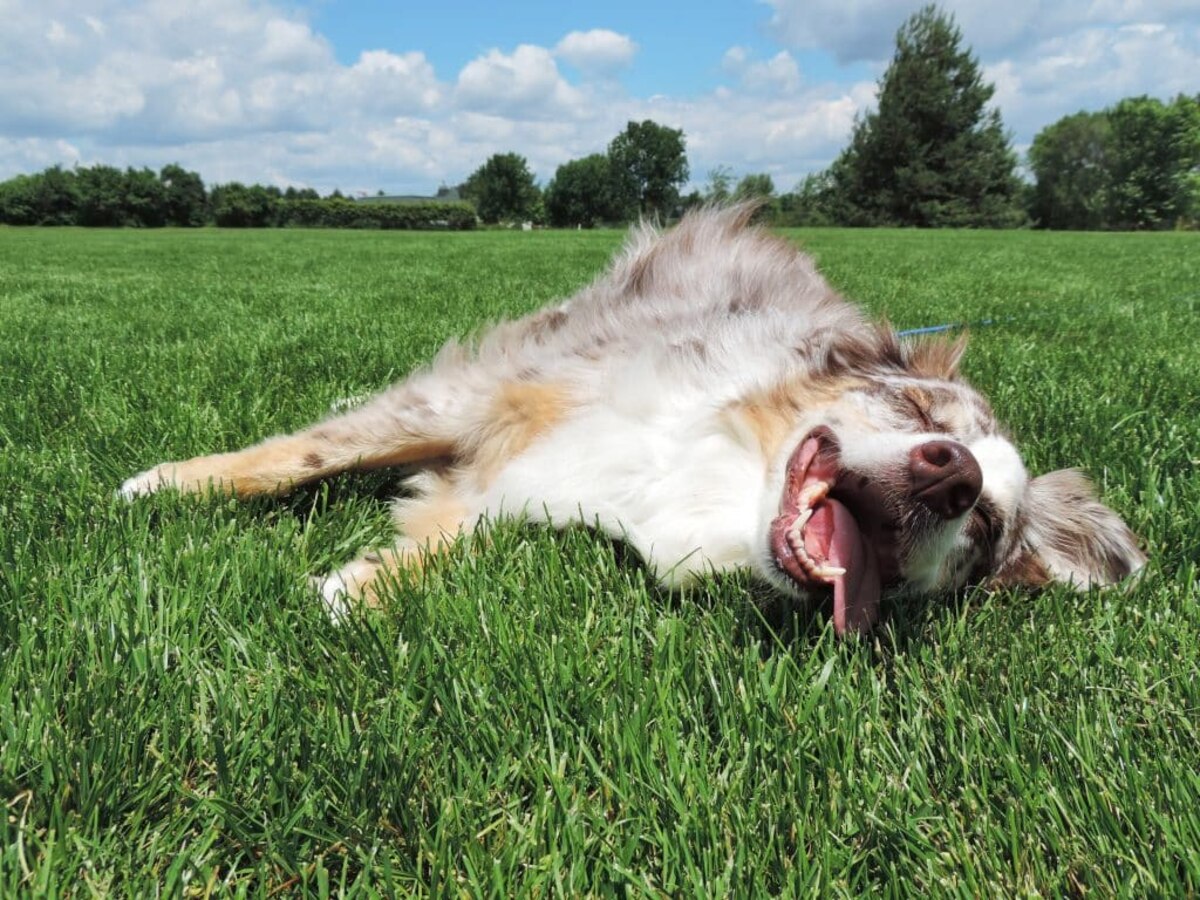
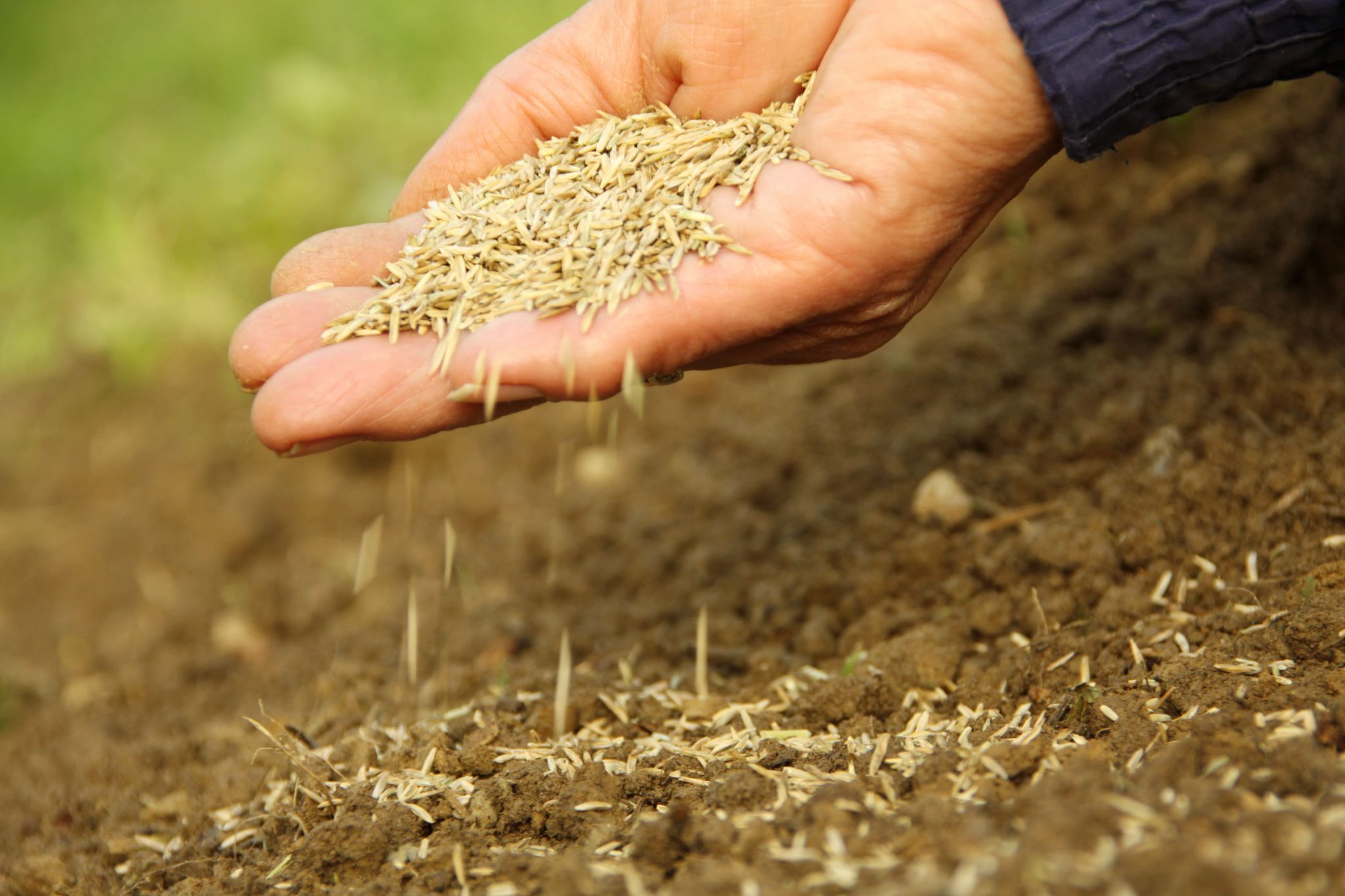
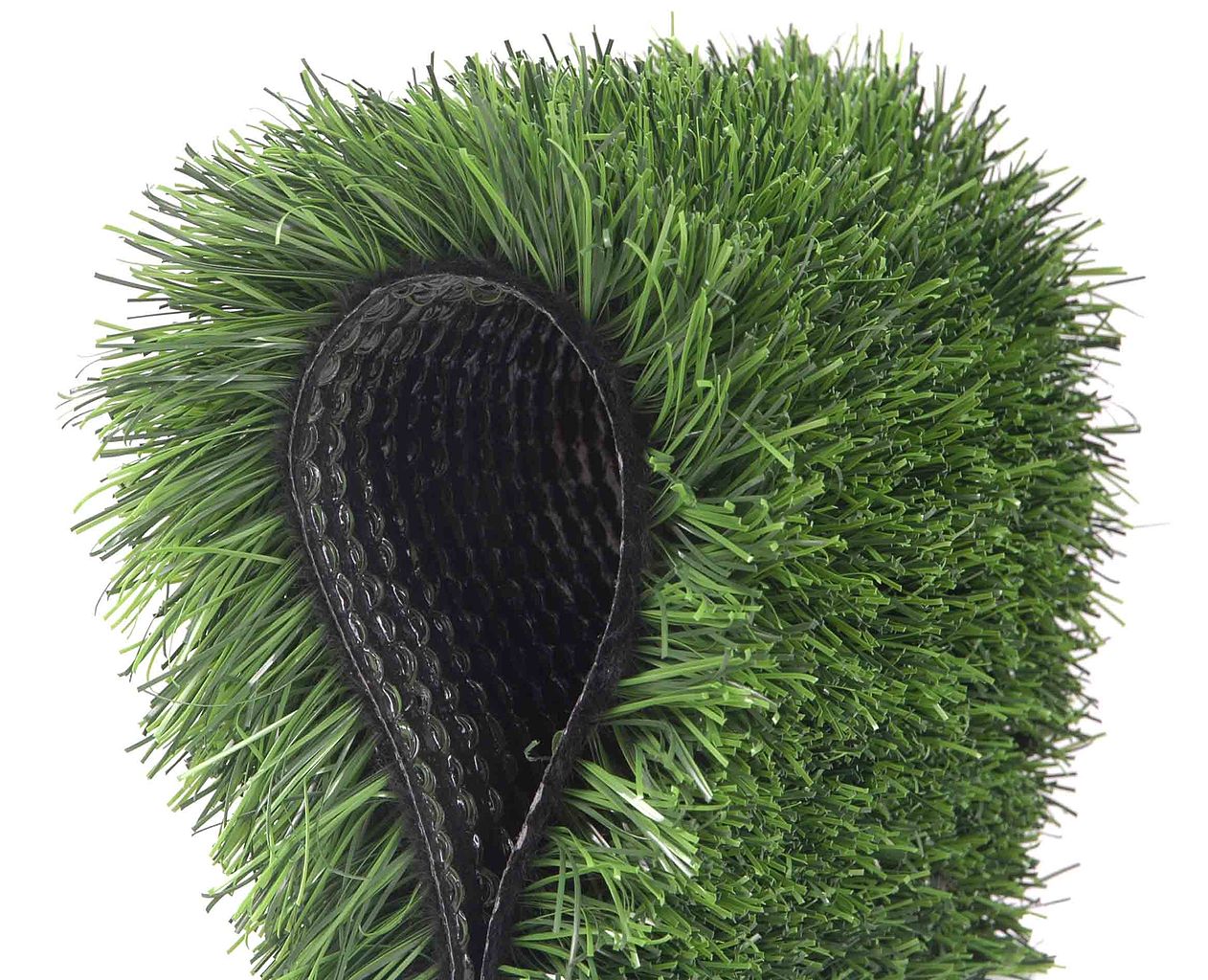
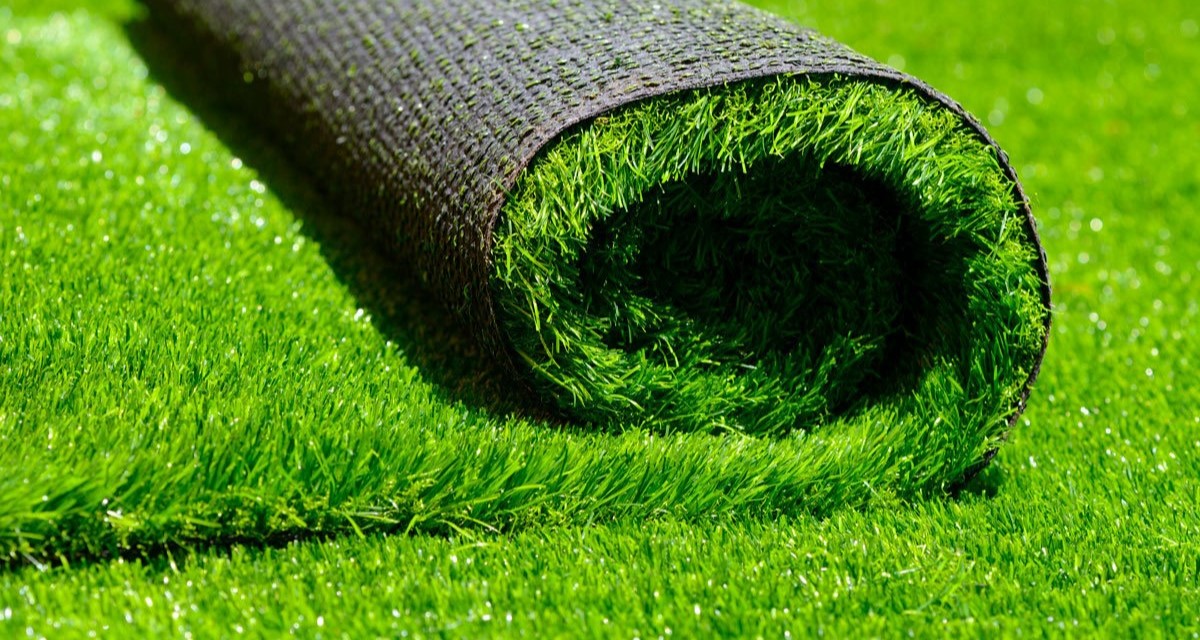
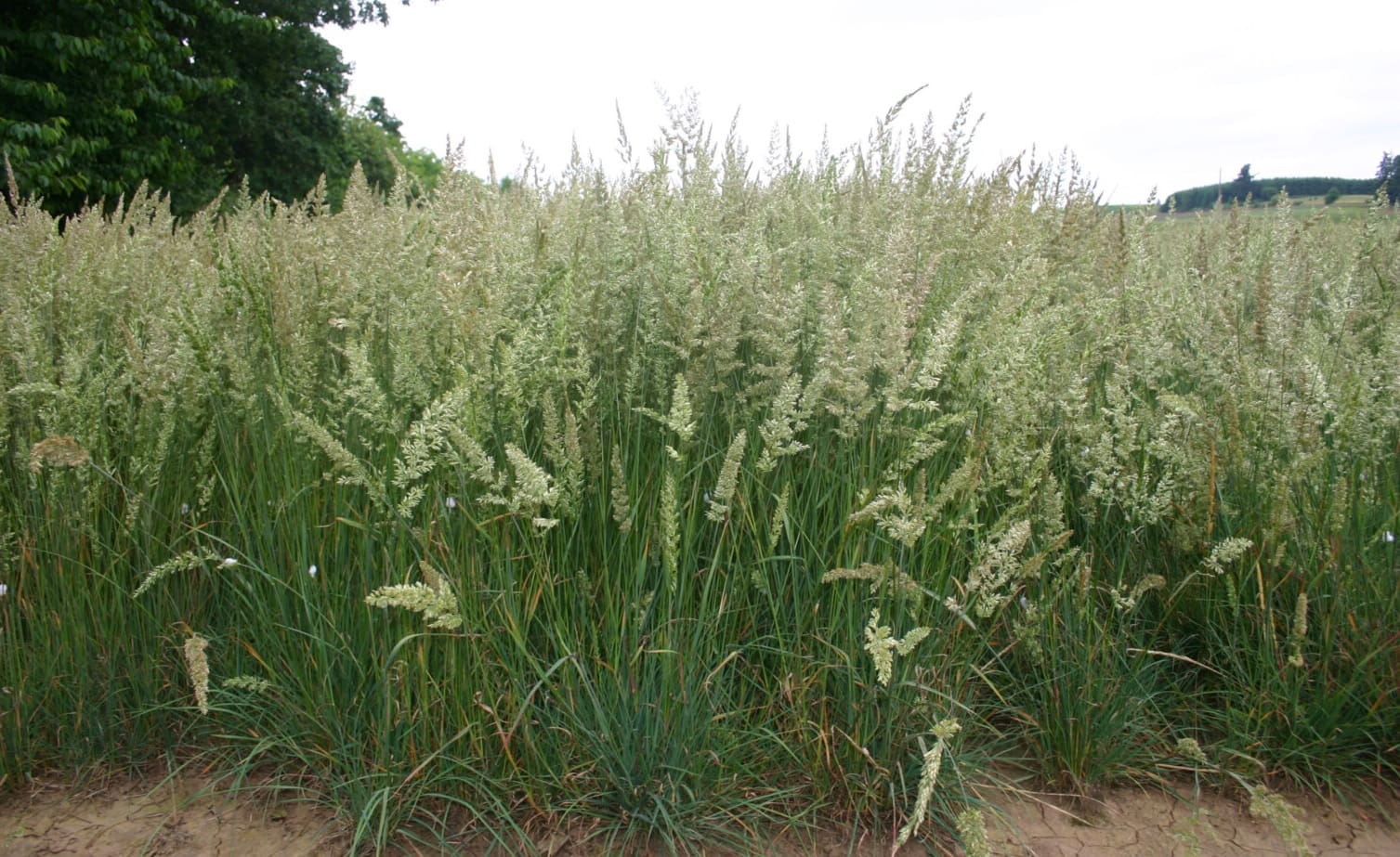
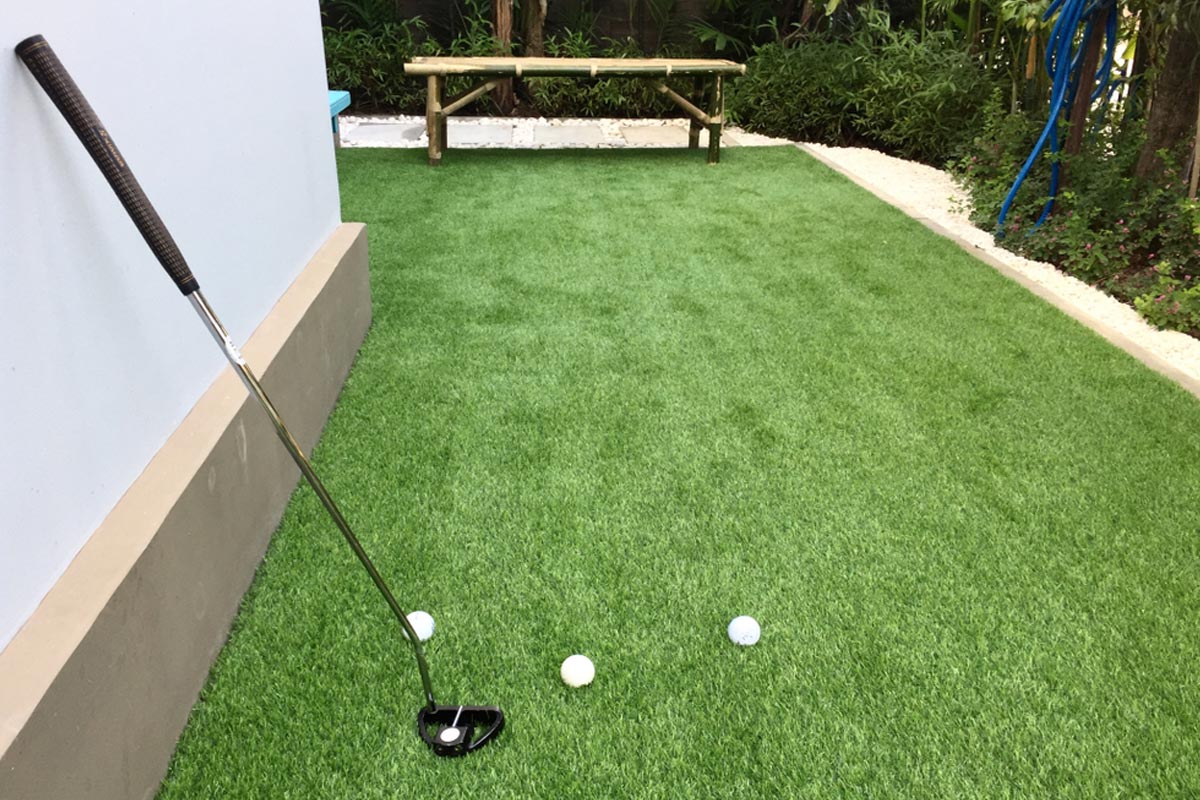

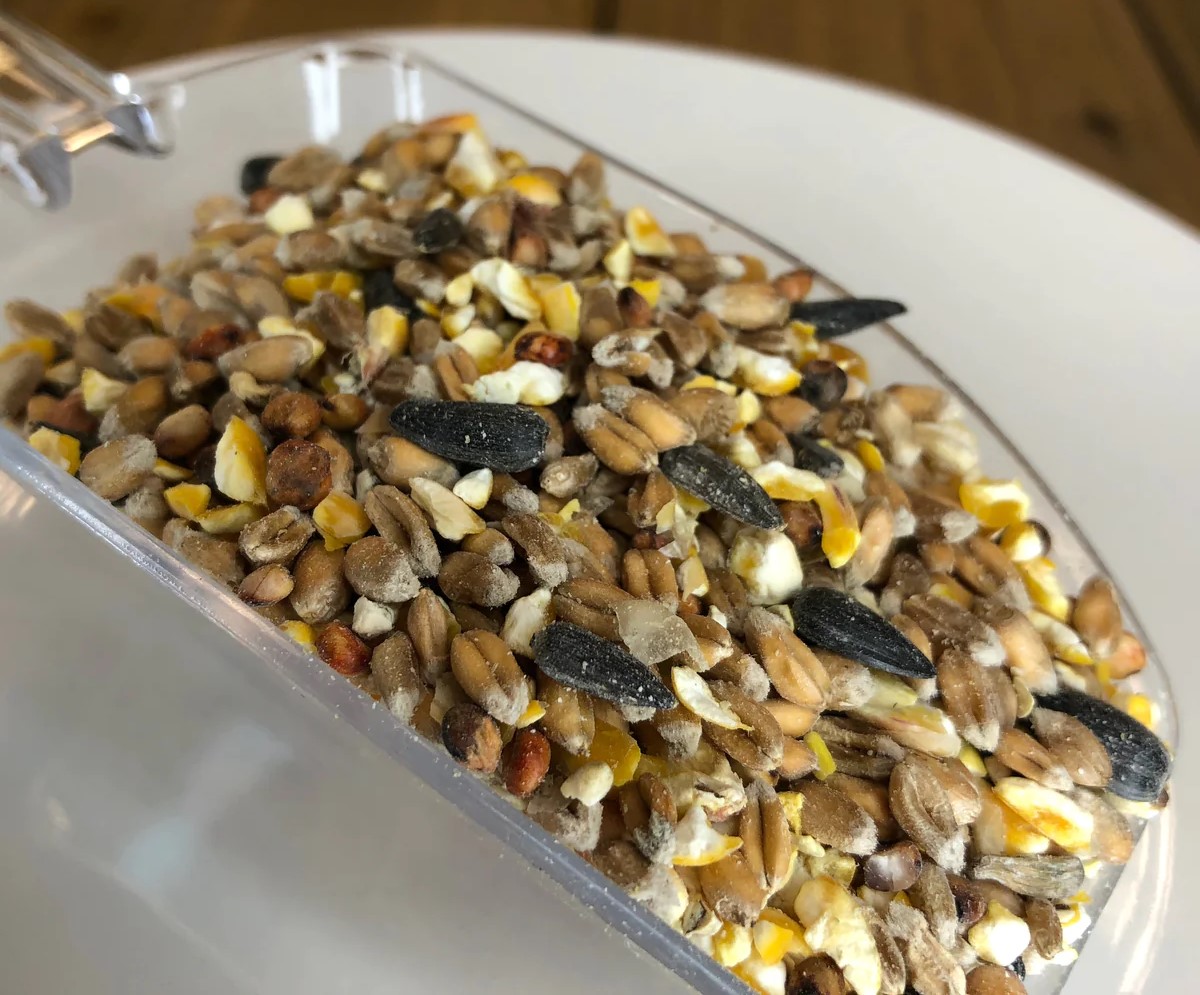
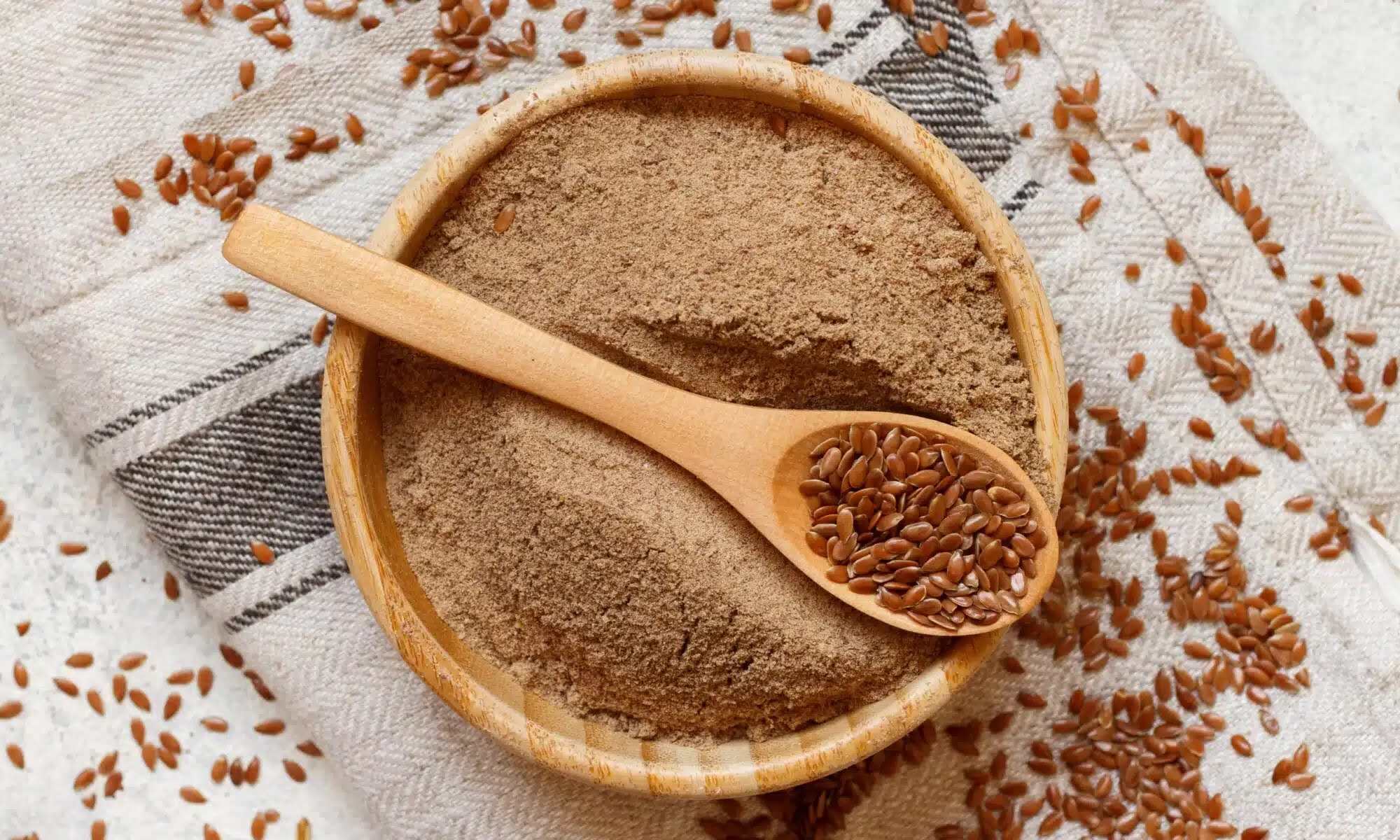
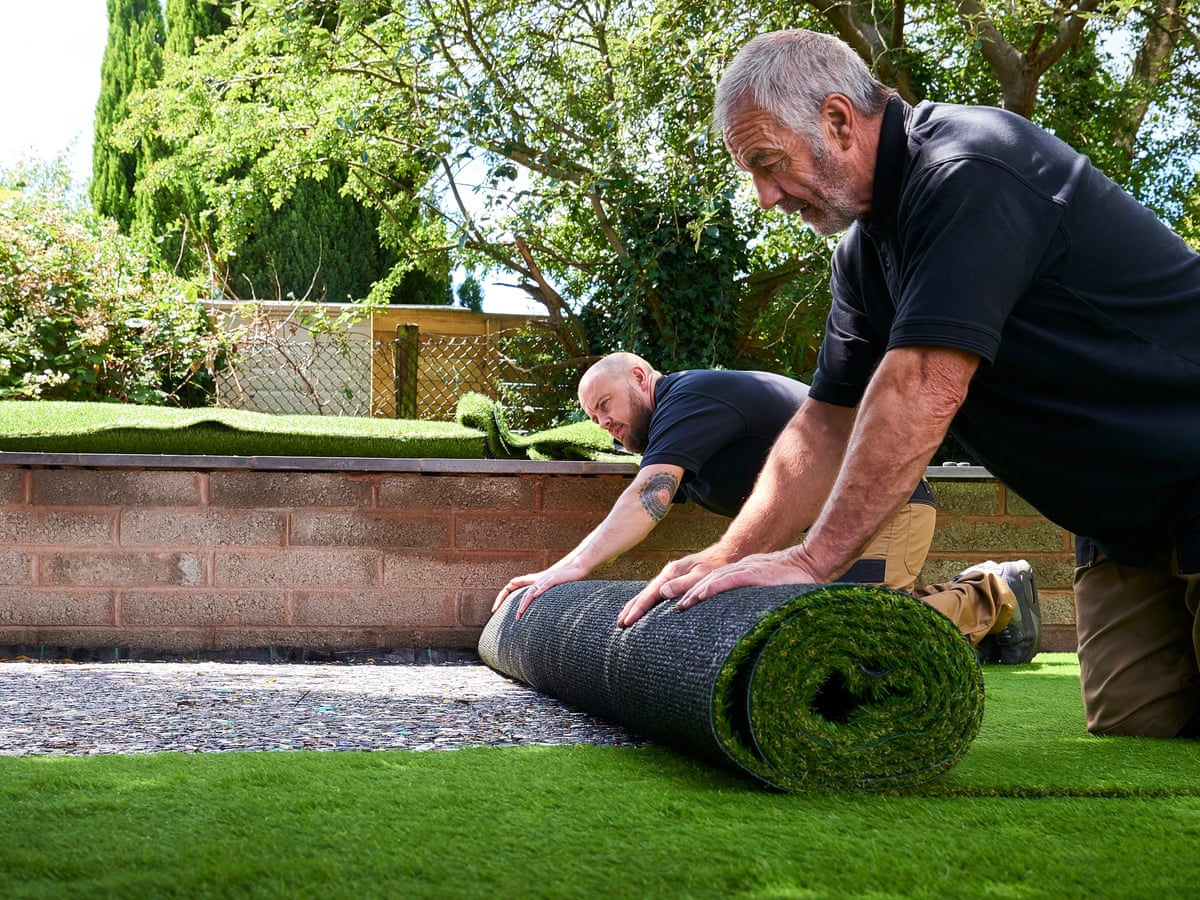


0 thoughts on “How Long Does A Bag Of Grass Seed Last”